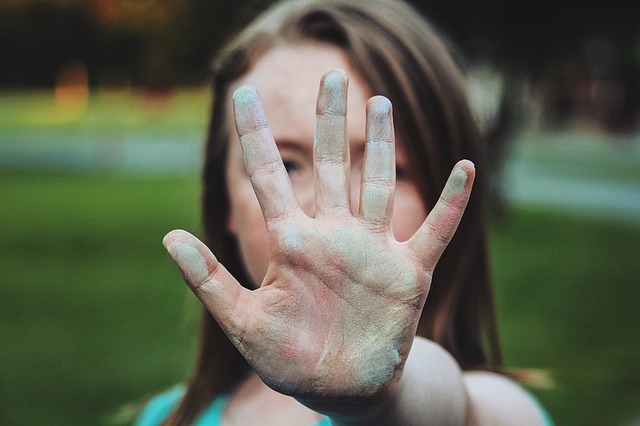“Solitude matters, and for some people, it’s the air they breathe” ― Susan Cain
So there are 2 types of personalities as we know out there and extroverts continue to dominate in our society. The main difference between an introvert and an extrovert is that these types are known to have unique ways of feeling re-energized and motivated. They each have characteristic ways of interacting with the world and processing information.
Researchers estimate extroverts make up 50 – 74 percent of the population. These “social butterflies” thrive under social stimulation. Extroverts focus on their external environment, the people and activities around them. Extroverts thrive in active, fast-paced jobs, such aspolitics, teaching and sales, where quick decisions are commonplace. Extroverts learn by doing and enjoy talking through ideas and problems. Multi-tasking comes easily to them. Two examples of famous extroverts are Oprah and current U.S. President, Barack Obama.
The other 16 – 50 percent of the population consists of introverts, who get their energy from having “alone time.” Careers promoting introvert’s strength include scientists, writers and artists, although television personalities David Lettermen and Barbara Walters are self-proclaimed introverts. Introverts enjoy spending time alone or in small groups of people, but may get overwhelmed in new situations or in large groups of people. They prefer to focus on one task at a time and observe a situation before jumping in.
As it turns out, the brains of introverts and extroverts are wired differently! The front part of introvert’s brains are most active and stimulated by solitary activities while the back part of extrovert’s brains are most active. This part of the brain is stimulated by sensory events coming in from the external world! In addition, a chemical called “dopamine” is released by our brains whenever we experience something positive. It’s an automatic reward center and makes us feel good! Extroverts need more dopamine to feel an effect, whereas introverts have a low dopamine threshold. They don’t require a lot of stimulation to feel rewarded.
Which Type is Most Successful?
Issues may arise when an introvert and extrovert interact. An introvert may view an extrovert as bossy and overbearing whereas an extrovert may view an introvert as stuck up or shy. In fact, shyness is a trait commonly used to describe introvert, but both personality types can be shy. Shyness is a feeling of uneasiness or anxiety experienced in social situations. Unlike introverts, who prefer less social stimulation, shy people often crave social interaction, but avoid it for fear of criticism or rejection.
So which personality type has the real advantage, the extrovert or the introvert? Experience shows teamed up, the extrovert and the introvert, are a powerful team. Steve Jobs, a charismatic extrovert, teamed up with introvert Steve Wozniak to co-found Apple Inc. Are Extroverts Happier Than Introverts?
There’s no clear answer to this question. Current tests consistently rate extroverts higher on the happiness scale than introverts. However, many of these tests measure degree of happiness using activities like socializing and interacting with the outside world, both of which extroverts need to thrive! Introverts do experience happiness when they around other people, but are most happy when participating in lower-key activities. These are not accounted for on current tests and likely causes introverts to score lower.
There also appears to be a cultural factor affecting the happiness level of extroverts and introverts. Many Western cultures tend to favor extroverted personalities, people who act quickly, appear friendly and are outgoing. Introverts often feel pressure to be extroverts, which can lead to anxiety or lowered self-esteem. A majority of Eastern cultures tend to encourage people who are more contemplative, quiet and appear serene. Introverts in these cultures don’t feel the stigma to be extroverted and so are more accepting of their inherent personality. Research supports the keys to happiness lie in having a sense of purpose, self acceptance and a supportive social network, which both personality types can form.
Perhaps happiness truly is in the eye of the beholder.
SOURCE: Psychology Today
To receive similar content, “Like” us on Facebook @ https://www.facebook.com/niagarabuzz.ca











